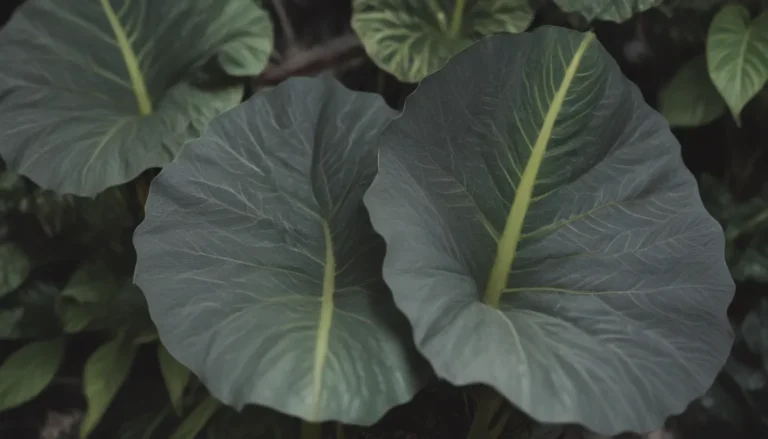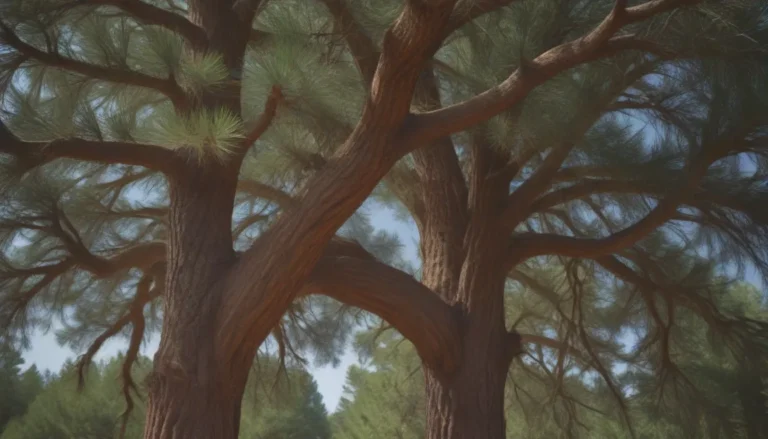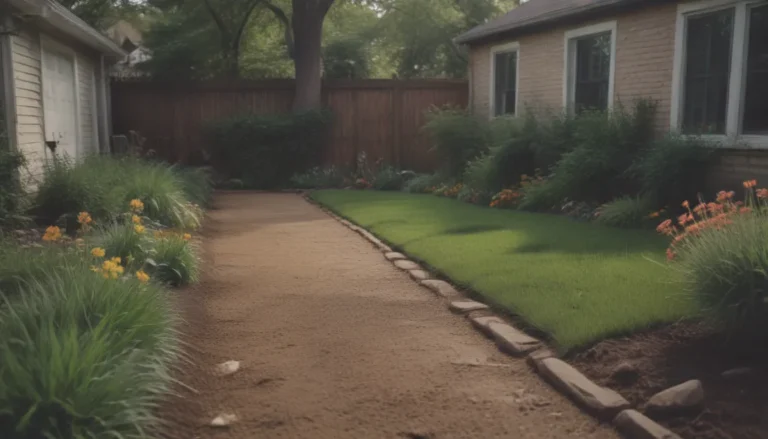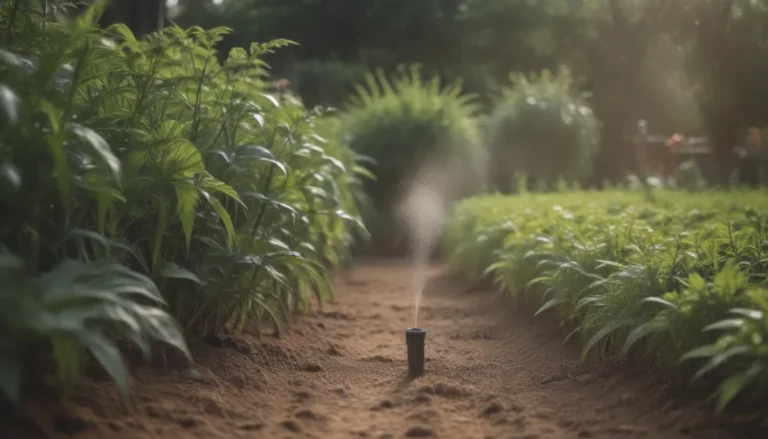How to Manage Old Mulch in Spring

Mulch plays a crucial role in maintaining the health of shrubs, trees, and perennial beds all year round. But what should you do with old mulch that has been left on top of annual flower beds or vegetable beds during the winter months? If the plants have perished due to neglect or frost, and the food crop has been harvested, what is the best course of action for the old mulch? In this comprehensive guide, we will address these questions and provide you with valuable information on how to manage old mulch in the springtime.
Is Old Mulch Still Effective?
During the winter, vegetable garden beds and annual flower beds are typically mulched to protect the soil from harsh weather conditions. If the old mulch has not decomposed significantly by the time spring arrives, it can still be used effectively. To determine the condition of the old mulch, scoop some up in your hands. If it has broken down into fine particles and resembles dirt, it may no longer serve its purpose as mulch and should be replaced. However, if the mulch has retained its original appearance and texture, it is still usable.
Steps to Reuse Old Mulch
If the old mulch is in good condition and can be reused, follow these steps to incorporate it back into your garden bed:
– Rake the old mulch aside to prepare the planting bed.
– Apply compost to the bed and till it under the soil.
– Return the old mulch to the planting bed.
By completing these steps, you can ensure that the old mulch is effectively reused without the need to acquire new mulch. This process can be completed well in advance of planting time, allowing you to maintain a weed-free garden bed.
Disposing of Unusable Mulch
If the old mulch has decomposed significantly and is no longer suitable for use, work it into the ground as organic matter to enhance the soil. Then, acquire new mulch to replace the old one. Additionally, consider using cover crops or living mulches as an alternative to traditional mulch.
Exploring Cover Crops and Living Mulches
Cover crops, also known as “green manures” or “living mulches,” can be a beneficial addition to your gardening practices. These crops are sown over vegetable gardens and annual flower beds in the fall to protect them during the winter months. When spring arrives, the cover crops are tilled under to prepare the soil for planting. Some popular cover crop options include legumes like clover, beans, and peas, as well as annual ryegrass, oats, and buckwheat.
To incorporate cover crops into your gardening routine, follow these steps:
1. Choose cover crops based on your location and the time of year.
2. Sow the cover crops over the garden bed in the fall.
3. Mow the cover crops in the spring before tilling them under the soil.
4. Add compost to the bed and till it under to enrich the soil.
By utilizing cover crops or living mulches, you can improve soil fertility, suppress weeds, and enhance the overall health of your garden.
In conclusion, managing old mulch in the spring requires careful assessment of its condition and determining the best course of action based on its usability. Whether you choose to reuse old mulch, dispose of it, or incorporate cover crops into your garden, these practices can help you maintain a healthy and productive garden throughout the year. Remember to assess your garden’s specific needs and adapt these techniques accordingly to achieve optimal results.





